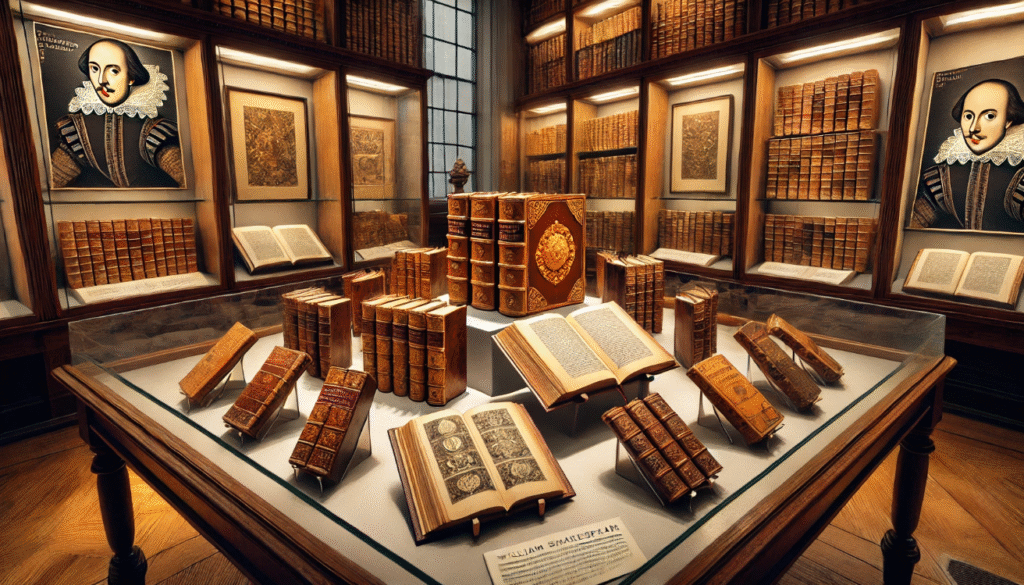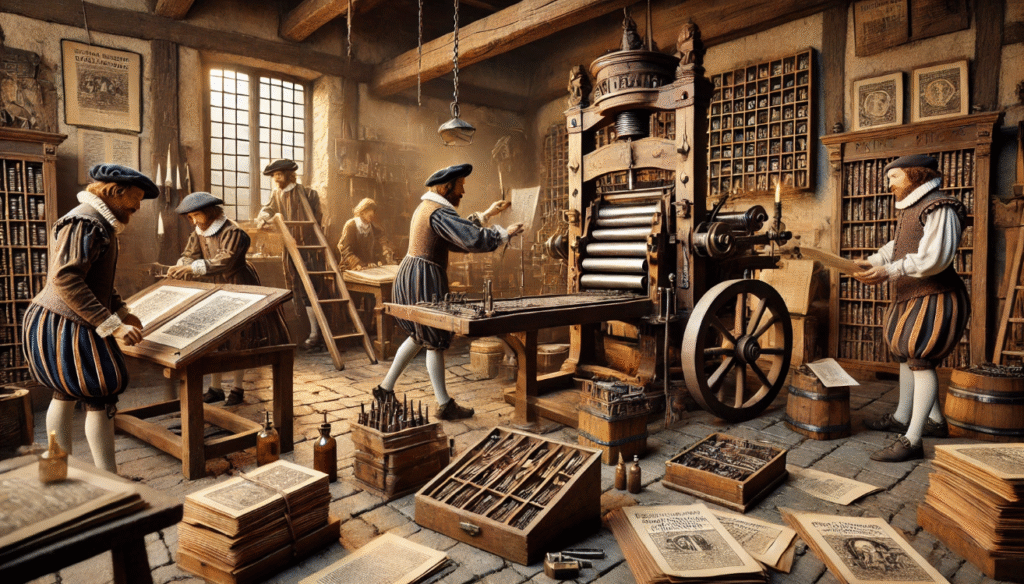 When we think of literary treasures, the significance of first editions of Shakespeare’s works few artifacts hold as much fascination as the first editions of Shakespeare’s works. The significance of first editions of Shakespeare’s works lies not only in their rarity but also in their role in preserving some of the most influential plays and poems ever written. The significance of first editions of Shakespeare’s works early printed versions offer a unique glimpse into the world of Elizabethan drama, capturing Shakespeare’s words closer to their original form than modern adaptations. In this article, we’ll explore why these first editions matter so profoundly in literary history—and why they continue to captivate scholars, collectors, and readers centuries later.
When we think of literary treasures, the significance of first editions of Shakespeare’s works few artifacts hold as much fascination as the first editions of Shakespeare’s works. The significance of first editions of Shakespeare’s works lies not only in their rarity but also in their role in preserving some of the most influential plays and poems ever written. The significance of first editions of Shakespeare’s works early printed versions offer a unique glimpse into the world of Elizabethan drama, capturing Shakespeare’s words closer to their original form than modern adaptations. In this article, we’ll explore why these first editions matter so profoundly in literary history—and why they continue to captivate scholars, collectors, and readers centuries later.
What Are the First Editions of Shakespeare’s Works?

The significance of first editions of Shakespeare’s works are the earliest printed versions of his plays and poems. They are incredibly valuable because they give us the closest link to Shakespeare’s original writing. The significance of first editions of Shakespeare’s works early prints show how his work was first shared with the world, long before it became the legend it is today.
There are two main types of first editions: quartos and the First Folio.
Quartos are small, individual books where a single play was printed. Many of Shakespeare’s plays, like Romeo and Juliet and Hamlet, first appeared this way.
The First Folio, published in 1623, is a large, collected edition of 36 plays, put together by Shakespeare’s friends after his death. Without the First Folio, we might have lost famous plays like Macbeth and The Tempest forever.
First editions matter because they preserve Shakespeare’s voice as it was originally heard. They offer rare insights into how his plays were written, performed, and understood in his own time.
Why First Editions Are So Significant

The first editions of Shakespeare’s works are crucial because they protect the original form of his writing. Many plays we love today survive only because they were printed early. Without these editions, some of Shakespeare’s greatest works might have been lost forever.
First editions also show important differences from modern versions. Early prints often had missing lines, different wording, or alternate endings. Studying these editions helps scholars understand what Shakespeare really wrote—and how performances may have looked in his time.
Another reason first editions are so valuable is their historical and cultural importance. They offer a snapshot of the printing world in the 1600s and show how Shakespeare’s words were first shared with audiences.
For collectors and historians, owning or studying a first edition is like holding a piece of living history. It brings us closer to Shakespeare’s world in a way no modern copy can.
How First Editions Shape Our Understanding of Shakespeare

First editions of Shakespeare’s works are essential for understanding his true voice. They capture the language, style, and ideas as close to the original as possible, without centuries of edits or modern changes.
By studying first editions, scholars can spot differences in wording, punctuation, and even character names. These details can completely change the meaning of scenes or speeches. They also reveal how Shakespeare’s plays evolved over time, showing early mistakes, edits, or choices made by publishers and actors.
First editions also help us understand the world Shakespeare lived in. The printing style, spelling, and formatting reflect the culture and values of the 1600s. They show how audiences of his time might have read and experienced his stories.
In short, first editions are like time machines. They give us a direct line to Shakespeare’s original artistry, helping us appreciate the depth and richness of his work today.
The First Folio: A Closer Look

The First Folio, published in 1623, is the most famous first edition of Shakespeare’s works. It was put together by two of Shakespeare’s friends and fellow actors, John Heminges and Henry Condell, seven years after his death.
The First Folio is important because it saved 18 plays that had never been printed before. Without it, we might have lost classics like Macbeth, Julius Caesar, and The Tempest. It organized the plays into three categories—comedies, histories, and tragedies—helping to shape how we think about Shakespeare’s work today.
Only about 230 copies of the First Folio still exist, making it incredibly rare and valuable. Each copy is slightly different because early printing was done by hand, meaning small mistakes and changes are common.
The First Folio is more than just a book—it is a crucial link to Shakespeare’s legacy, helping us experience his plays much as audiences did 400 years ago.
Why Readers and Collectors Care About First Editions

First editions of Shakespeare’s works are prized by readers and collectors because they offer a direct connection to history. Owning or studying one feels like touching the world Shakespeare lived in.
For readers, first editions offer the purest form of Shakespeare’s language, closer to what his original audiences experienced. They reveal unique differences, hidden meanings, and early interpretations that modern editions often smooth over.
Collectors value first editions for their rarity and cultural importance. Each copy carries its own story—through old ownership marks, unique print errors, and the journey it has traveled over centuries. These editions are seen as treasures, representing one of the greatest achievements in literature.
Whether for the love of history, literature, or legacy, first editions continue to inspire deep passion and admiration around the world.
How the Legacy of First Editions Continues Today

The legacy of the first editions of Shakespeare’s works remains strong even today. Scholars, collectors, and readers continue to study and celebrate these early prints because they keep Shakespeare’s original voice alive.
Universities and museums often showcase first editions to teach new generations about Shakespeare’s world. Modern editors also rely on these early texts to create accurate versions of his plays for today’s audiences.
In the collecting world, first editions remain some of the most sought-after and valuable books ever printed. When a First Folio comes up for sale, it makes headlines and reminds the world of Shakespeare’s lasting impact.
Thanks to the preservation of first editions, Shakespeare’s works continue to inspire, educate, and connect people across the globe—just as they did four centuries ago.

First editions of Shakespeare’s works are more than just rare books—they are invaluable links to the past, preserving the words of one of the greatest playwrights in history. From the First Folio to the individual quartos, these early prints offer a glimpse into Shakespeare’s world and the way his plays were experienced by the first audiences.
Whether you’re a scholar, a collector, or a casual reader, the significance of these editions goes beyond their historical value. They provide an authentic connection to Shakespeare’s original voice, shaping our understanding of his literary genius. As we continue to study and preserve these first editions, we ensure that Shakespeare’s legacy endures for future generations, inspiring and influencing the world just as it has for centuries.













